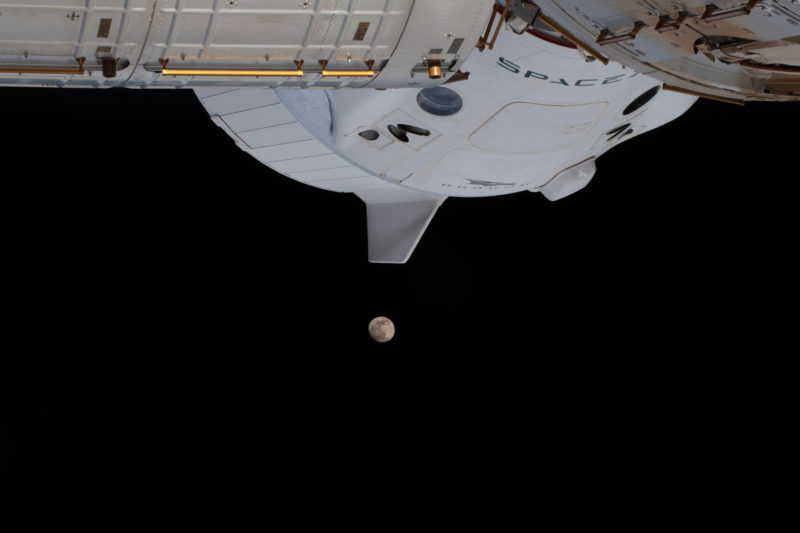
NASA and AxiomSpace have outlined plans for the first all-private crewed mission to the International Space Station (ISS), targeted to launch aboard a SpaceX Crew Dragon no sooner than January 2022. NASA’s Phil McAlister, Angela Hart and Dana Weigel were joined for Monday’s media teleconference by AxiomSpace President and CEO Mike Suffredini, together with former shuttle astronaut, ISS commander and America’s most experienced spacewalker Mike Lopez-Alegria, who will command the historic Ax-1 mission.
Current plans envisage Lopez-Alegria launching shoulder-to-shoulder with entrepreneur Larry Connor, Canadian investor Mark Pathy and veteran Israeli fighter pilot and philanthropist Eytan Stibbe. The mission will run for up to ten days, at least seven to eight of which will see the four crewmen aboard the space station.
As previously reported by AmericaSpace, Lopez-Alegria, Connor, Pathy and Stibbe were assigned to this mission last January and will be the first-ever private crew in history to visit the sprawling orbital outpost. Although seven fee-paying Spaceflight Participants (SFPs) voyaged to the ISS aboard Russian Soyuz vehicles between April 2001 and October 2009—including Hungarian-American software architect Charles Simonyi, who visited the station twice—none to date have done so aboard U.S.-built vehicles.

But in June 2019, as the Commercial Crew Program completed its development and readied for its first astronaut flights, NASA issued a research announcement to outline the forward path for Private Astronaut Missions (PAMs) to the station, lasting up to 30 days at a time. In the announcement, the agency highlighted its intent to “accommodate up to two short-duration private astronaut missions per year”, an aim which the participants at today’s media teleconference appeared to endorse.
Former ISS Program Manager Mr. Suffredini, who is now President and CEO of AxiomSpace, Inc., indicated a planned flight cadence of “once every seven months or so”, which conceivably could see an Ax-2 mission as early as next summer or fall. He added that by the Ax-3 flight it is AxiomSpace’s intent to be essentially self-sufficient—beyond the food-and-water essentials—in terms of supporting the needs of its personnel on the ISS.
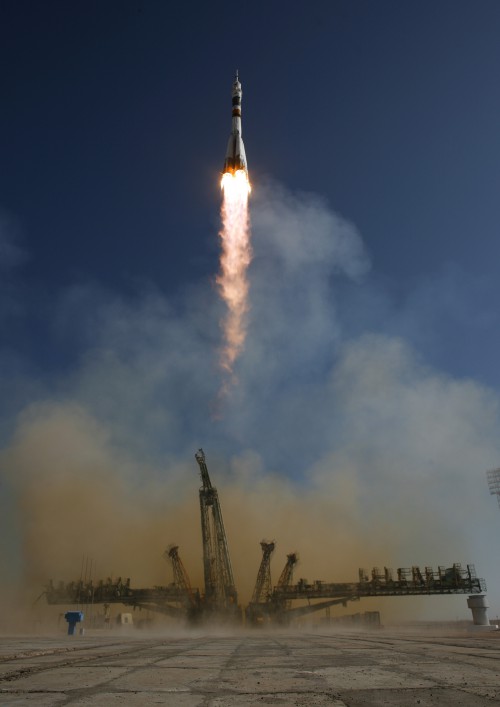
And with former ISS commander and the world’s most experienced female spacefarer Peggy Whitson having been identified as Lopez-Alegria’s backup for Ax-1, she remains a contender to command one of those follow-up missions. “All Axiom crews will have backups,” AxiomSpace told AmericaSpace, “ensuring Axiom missions will proceed uninterrupted in the event of any changes in the crew composition.”
Although there existed much speculation that Ax-1 would include movie star Tom Cruise and film producer Doug Liman, it has since become clear that their AxiomSpace flight to the ISS would be delayed by a year or two. Joining former U.S. Navy captain Lopez-Alegria aboard Ax-1 will be Larry Connor, an entrepreneur and non-profit activist investor who becomes the first private citizen to serve as pilot of a crewed orbital ship. “Each Axiom mission and crew will be unique,” AxiomSpace told us. “Some potential private astronauts express specific interest in serving as the mission pilot and we are happy to serve that demand.”
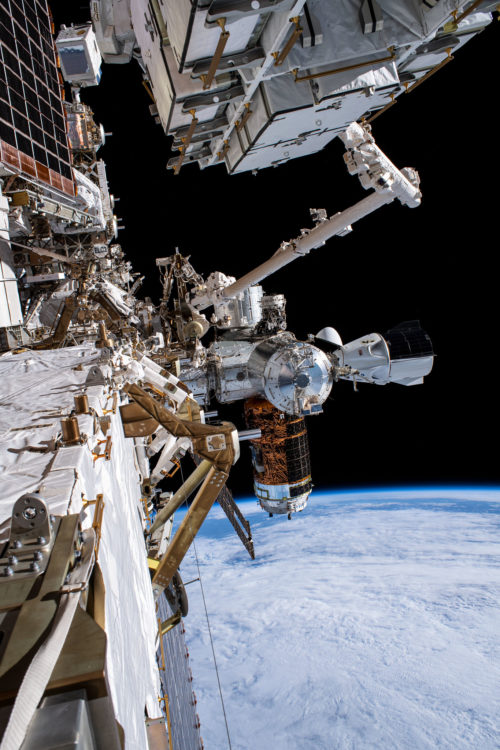
Currently 71 years old, Connor will become the oldest human ever to board the space station and the second-oldest space traveler of all time, after John Glenn. Rounding out the crew are Canadian investor and philanthropist Mark Pathy and former Israeli fighter pilot, impact investor and philanthropist Eytan Stibbe. All three reportedly paid around $55 million for their respective seats on the mission.
In his comments, Lopez-Alegria noted the “huge privilege” to be commanding Ax-1 and admitted that he had been “evangelizing about the democratization of space for many years”. On his final flight, launched via Soyuz in September 2006, he flew alongside Iranian-American business magnate and SFP Anousheh Ansari.
By his own admission, Lopez-Alegria was “not keen” on the idea of non-professional astronauts flying to the ISS, but was so impressed by Ansari’s work ethic and dedication to the mission that it “opened up my mind to opening up space to others like her”.
But unlike earlier SFPs—who flew to the station aboard Russian Soyuz vehicles and spent much of their stay in the Russian Operational Segment (ROS)—those aboard AxiomSpace missions will live and work aboard the U.S. Operational Segment (USOS), which comprises the U.S. Destiny, Japanese Kibo and European Columbus labs, together with three Italian-built connecting nodes and the multi-windowed cupola.
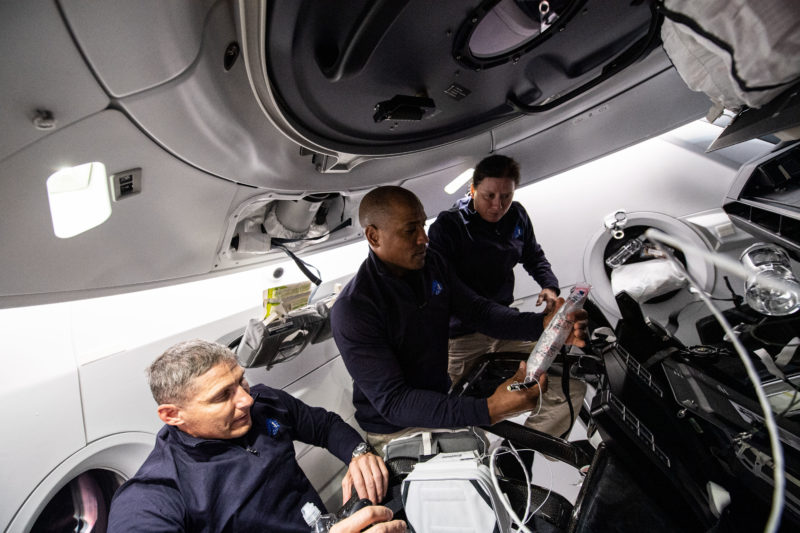
And following initial agreements between NASA and AxiomSpace early last year, plans are already well advanced for the Houston, Texas-based organization to furnish its own pressurized suite of commercial research and habitation modules to the station from 2024 onwards.
Dana Weigel, who serves as deputy manager for the ISS at NASA’s Johnson Space Center (JSC) in Houston, explained that the agency was “very focused on leveraging station” for commercial missions and that the new ability “to open our doors” via the Commercial Crew Program made possible “unprecedented opportunities”.
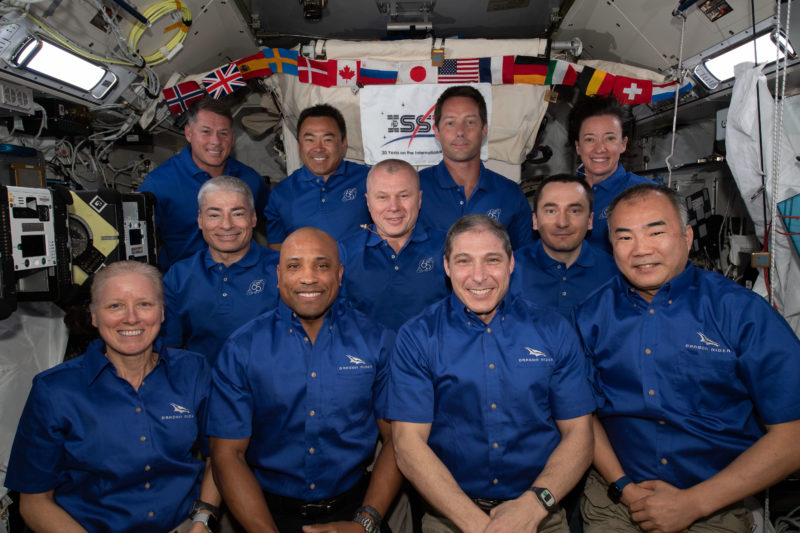
When Lopez-Alegria, Connor, Pathy and Stibbe float into the ISS next year, they can expect to be welcomed aboard by a seven-strong expedition crew, which will create a situation with as many as 11 humans aboard, not dissimilar to last month’s Expedition 65 “direct handover”.
With training now beginning to ramp up for the Ax-1 quartet, Lopez-Alegria offered some pointers of their packed timelines over the next few months. The crew is slated to begin zero-gravity parabolic flights and centrifuge training next week, before embarking on an extended “camping trip” to Alaska for leadership and skills training in July.
Later that same month, Lopez-Alegria and Connor will begin their own mission-specific training at SpaceX’s facilities in Hawthorne, Calif. And moving into August through October, the crew will pick up work on ISS systems, with an expectation that this will consume two-thirds of their total training time. They will head for the Kennedy Space Center (KSC) in Florida about two weeks before their scheduled launch date.
As to the Falcon 9 booster and Crew Dragon spacecraft assigned to Ax-1, few pointers are forthcoming at this stage. Dragon Resilience has recently returned to Earth after 167 days in orbit in support of the Crew-1 mission, with an expectation that it will fly again in mid-September for the three-day Inspiration4 flight and its all-private crew of Jared Isaacman, Sian Proctor, Hayley Arceneaux and Christopher Sembroski.
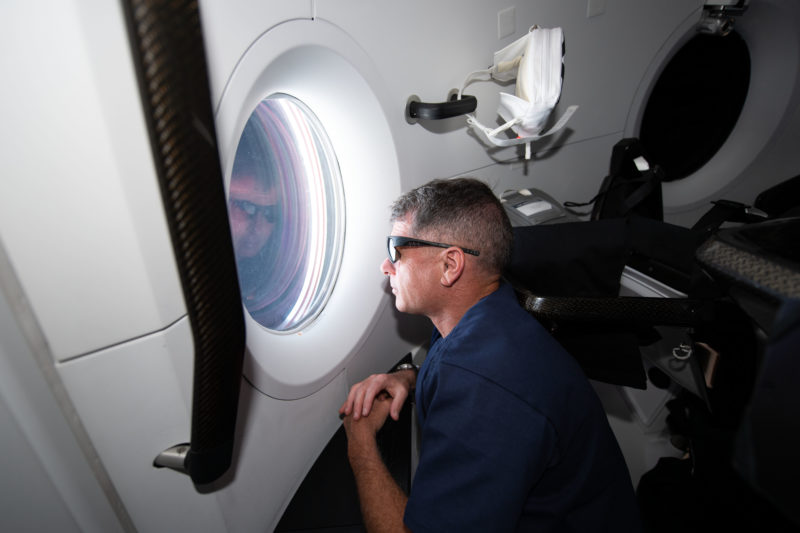
And with an all-new Crew Dragon expected to lift the Crew-3 astronauts to the ISS in October, that raises the possibility that Resilience may be the Ax-1 vehicle of choice.
Alternatively, Mr. Suffredini hinted that Dragon Endeavour—veteran of last year’s historic Demo-2 mission and currently docked to the ISS in support of Crew-2—might be picked, although the decision will be heavily dependent upon flight readiness.
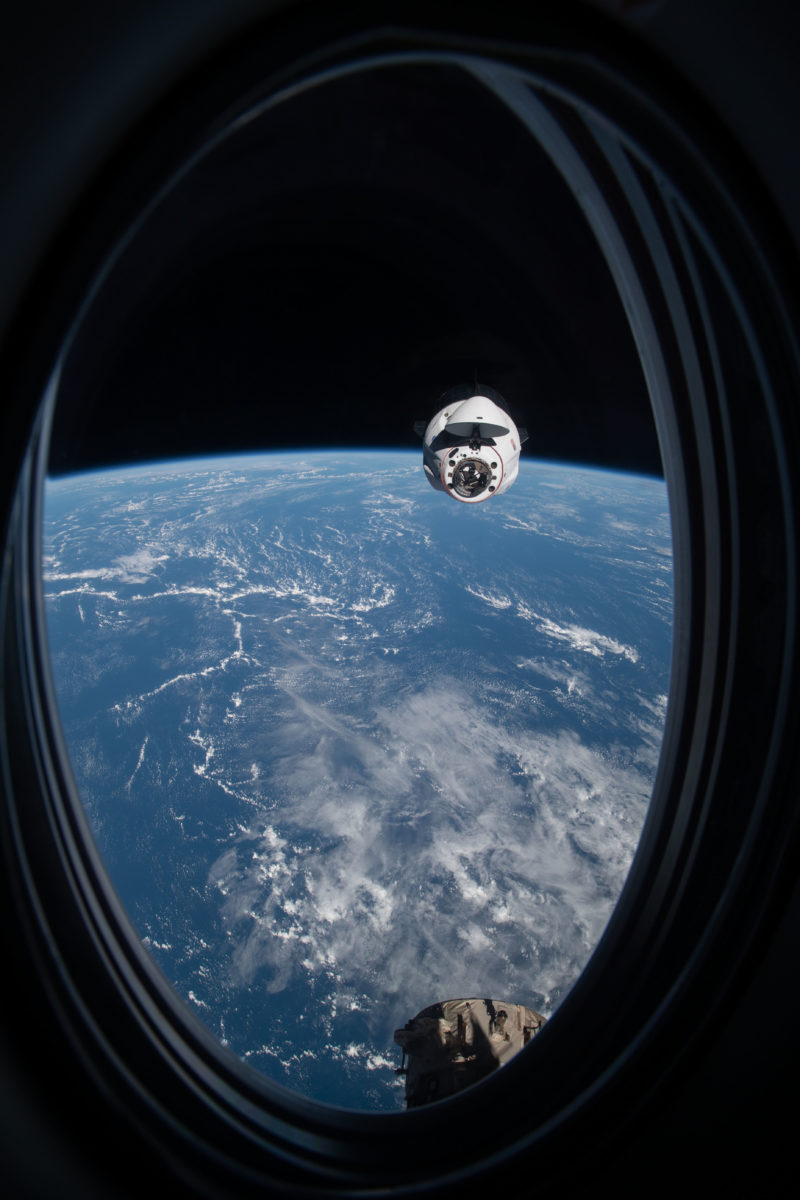
“This truly is a renaissance,” said Phil McAlister, director of commercial spaceflight development at NASA Headquarters in Washington, D.C. He remarked that although “history can feel incremental when you’re in it, but we’re really in it this year”. And Mr. Suffredini agreed that although he hates to over-use the word “historic”, 2021 and beyond are certainly shaping up to be a historic time for human exploration of space.
Current plans envisage the Ax-1 mission to launch no sooner than January 2022, although with a packed manifest of crewed and uncrewed visiting vehicles at the ISS that date must remain a fluid one. There are only two International Docking Adapters (IDAs) on the Harmony node—one forward-facing, the other space-facing—which can accommodate Crew Dragons, with the Crew-3 vehicle expected to occupy one port from October 2021 through next spring. Additionally, the CRS-24 Cargo Dragon is expected to require one port in the December-January timeframe, with plans for the long-delayed Crew Flight Test (CFT) of Boeing’s CST-100 Starliner still in flux, but anticipated late this fall or early 2022.




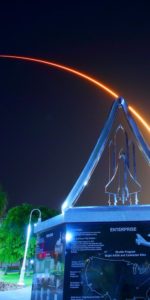
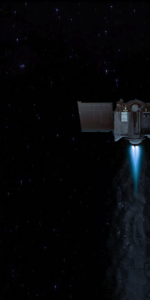
8 Comments
8 Pings & Trackbacks
Pingback:NASA, AxiomSpace Leaders Discuss Historic Ax-1 Space Station Mission
Pingback:Crew Medical Issue Delays Spacewalk to Prepare for New Solar Arrays
Pingback:Crew-3 Discusses Upcoming Mission, Names New Dragon ‘Endurance’
Pingback:Crew-3 Discusses Upcoming Mission, Names New Dragon ‘Endurance’ « AmericaSpace - Technology News
Pingback:Crew-3 Discusses Upcoming Mission, Names New Dragon ‘Endurance’ « AmericaSpace
Pingback:Crew-3 Arrives in Florida, Readies for Halloween Launch to Space Station – AmericaSpace
Pingback:Crew-3 Aims for NET Saturday Launch, Daylong Trek to Space Station – AmericaSpace
Pingback:Crew-3 Goals for NET Saturday Launch, Daylong Trek to House Station – AmericaSpace - Technology News